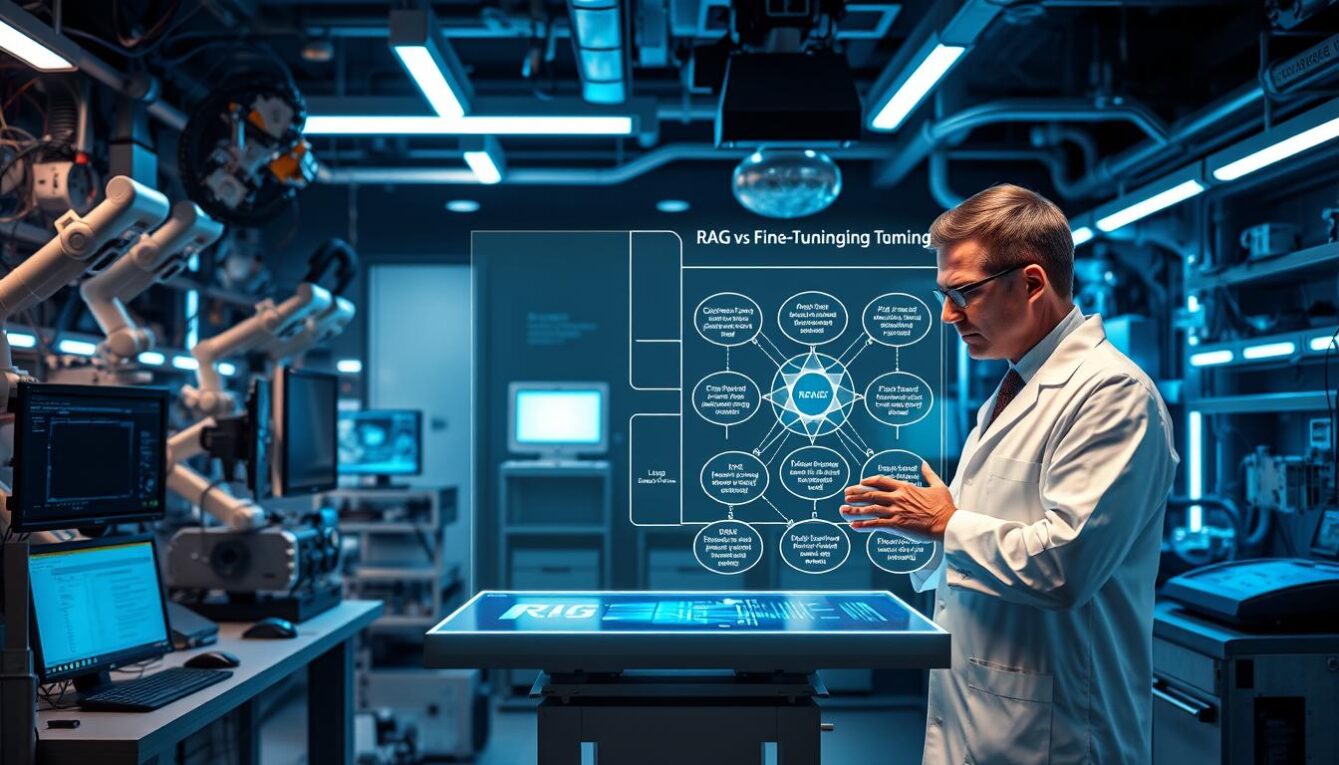Discover the most effective machine-learning techniques with this comprehensive guide. Master the latest methods and elevate your data analysis skills today!
Introduction to Machine Learning Techniques
Machine learning is a rapidly evolving field that empowers computers to learn from data and make intelligent decisions without explicit programming. The foundation of machine learning lies in its techniques, which are algorithms that enable the system to find patterns, make predictions, and optimize decisions. This comprehensive guide will explore various machine learning techniques, their applications, and how to choose the right one for your specific task.
Supervised Learning Techniques
Supervised learning is the most common form of machine learning, where a model is trained using labeled data. The data is presented to the model as input-output pairs, and the model learns to map the inputs to the desired outputs. Some popular supervised learning techniques include:
Linear Regression
Linear regression is a simple technique used for predicting continuous numeric outputs. It works by fitting a linear equation to the observed data, minimizing the difference between the predicted and actual values.
Logistic Regression
Logistic regression is used for binary classification tasks. It uses the logistic function to model the probability of an input belonging to a specific class, making it suitable for predicting categorical outputs.
Decision Trees
Decision trees are hierarchical structures that recursively split the data based on feature values to make predictions. They are beneficial for classification and regression tasks and can handle continuous and categorical variables.
Support Vector Machines (SVM)
Support Vector Machines are a powerful classification technique that finds the optimal hyperplane separating the data points of different classes. They can handle linear and nonlinear data through the use of kernel functions.
Unsupervised Learning Techniques
Unsupervised learning techniques do not rely on labeled data, making them suitable for discovering hidden structures and patterns within the data. Some widely used unsupervised learning techniques are:
Clustering
Clustering is a technique that groups similar data points based on their features. Standard clustering algorithms include K-means, hierarchical clustering, and DBSCAN.
Dimensionality Reduction
Dimensionality reduction techniques help reduce the number of features in a dataset while retaining essential information. Principal Component Analysis (PCA) and t-Distributed Stochastic Neighbor Embedding (t-SNE) are popular dimensionality reduction techniques.
Anomaly Detection
Anomaly detection aims to identify unique or rare data points that deviate significantly from the norm. Techniques such as Isolation Forests and Autoencoders can effectively detect anomalies in the data.
Reinforcement Learning Techniques
Reinforcement learning is a type of machine learning where an agent learns to make decisions by interacting with an environment. The agent receives feedback through rewards or penalties and optimizes its actions to maximize the cumulative reward. Some essential reinforcement learning techniques include:
Q-Learning
Q-Learning is a value-based method that estimates the expected rewards for each action-state pair. The agent selects the action with the highest expected reward in a given state.
Policy Gradient Methods
Policy gradient methods directly optimize the agent’s policy by adjusting the parameters based on the gradient of the expected reward. Examples of policy gradient methods include REINFORCE and Proximal Policy Optimization (PPO).
Deep Q-Networks (DQN)
Deep Q-Networks combine deep learning with Q-learning, using neural networks to approximate the Q-value function. This enables the agent to handle high-dimensional state spaces efficiently.
Actor-Critic Methods
Actor-Critic methods combine the benefits of value-based and policy-based methods. The actor updates the policy based on the critic’s evaluation, while the critic estimates the value function.
Deep Learning Techniques
Deep learning is a subfield of machine learning that utilizes artificial neural networks to model intricate patterns and representations in data. It has demonstrated outstanding performance in various tasks, such as speech recognition, natural language processing, and image recognition. Some popular techniques in deep learning comprise:
Convolutional Neural Networks (CNN)
Convolutional Neural Networks are designed explicitly for image-processing tasks. They use convolutional layers to detect local patterns in images, making them highly effective for tasks like image classification, object detection, and segmentation.
Recurrent Neural Networks (RNN)
Recurrent Neural Networks process sequential data by maintaining a hidden state that captures information from previous time steps, making them ideal for language translation, sentiment analysis, and speech recognition tasks. Variants like Long Short-Term Memory (LSTM) and Gated Recurrent Units (GRU) address the vanishing gradient problem often encountered in standard RNNs.
Transformer Models
Transformer models are a robust deep-learning architecture that has revolutionized natural language processing. They leverage self-attention mechanisms to capture long-range dependencies in data, making them highly effective for tasks like machine translation, text generation, and question-answering. BERT, GPT, and T5 are some well-known transformer models.
Choosing the Right Technique for Your Task
Selecting the appropriate machine learning technique is critical for achieving optimal performance. Here are some factors to consider when choosing a technique:
- Problem type: Identify the problem you are solving, such as regression, classification, or clustering, and choose suitable techniques for that problem.
- Data characteristics: Consider the size and quality of your dataset, as well as the number of features and their types (e.g., continuous, categorical). Different techniques may be more effective depending on the data’s properties.
- Model complexity: Balance the trade-off between model complexity and interpretability. While complex models like deep learning techniques may offer higher accuracy, they can be harder to interpret and require more computational resources.
- Prior knowledge: If you know about the underlying data distribution or relationships, consider incorporating techniques such as Bayesian methods or domain-specific models.
- Evaluation criteria: Choose a technique that aligns with your criteria, such as accuracy, precision, recall, or F1 score. This will ensure that the chosen technique meets your specific performance requirements.
Conclusion
This guide examines diverse machine learning methods, their uses, and criteria to select the appropriate approach for your project. By mastering these methods and remaining current with new developments, you can employ machine learning to address intricate issues and inspire progress in your industry. Furthermore, by acknowledging the ethical considerations around machine learning, you can guarantee its responsible and enduring application for the benefit of society.










